Boston Under Siege
At the beginning of April 1775, the British army was the unquestioned master-of-affairs in Massachusetts. Incredibly, in less than a year, England, the most powerful nation on earth, would be forced out of Boston, one of their most important colonial cities, by American militiamen.
The siege of Boston was not only the first one conducted by American forces, but it is also the longest one in our nation’s history. It began with the British defeat at the Battles of Lexington and Concord on April 19, 1775, and continued until the English sailed from the city on March 17, 1776.
Following their rout at Lexington and Concord, the once proud British army retreated to the relative safety of Boston. Surrounded by about 16,000 determined militiamen, the Redcoats were locked up tight in Boston. The size of the colonial force and their activity impressed the enemy. General Thomas Gage, the British commander, wrote, “The rebels are not the despicable rabble too many supposed them to be.”
Two months later, the Redcoats costly victory at the Battle of Bunker Hill, fought on June 17, caused the English commanders to reconsider any attempts to break out of the city. Both Gage and his successor, General William Howe, decided to wait for reinforcements to arrive. From this point on, British troops were restricted to small raids rather than large scale assaults.
On July 3, General George Washington arrived and formally took command of the assembled militia, which was adopted by Congress and redesignated the Continental Army. While having the Brits bottled up was a good thing, General Washington’s men could not do much to dislodge them without heavy artillery.
Fortunately for the Continentals, they had a large supply of it about 300 miles away. This arsenal of cannons, approximately 180 of various types, came into their possession when Ethan Allen and the Green Mountain Boys, with help from Benedict Arnold, captured Fort Ticonderoga in upstate New York on May 10.
Soon thereafter, it occurred to Henry Knox, a 25-year-old militiaman and bookseller with a love for military matters, that someone should retrieve these guns and bring them to Boston. Once mounted on Dorchester Heights, the guns could easily reach both the soldiers in town and the British ships in the harbor. Knox, a 6-foot 280-pound giant of a man, convinced General Washington to let him take on this mission, and, on November 17, Knox headed for Ticonderoga.
Knox, newly commissioned as a Colonel of Artillery, arrived on December 5 and immediately went to work. He identified 59 pieces of artillery that would do the trick, including one gun that weighed 5,000 pounds.
The next day, Knox and his men began their arduous task of carrying roughly 120,000 pounds of cannons and supplies to Boston. After reaching Lake George, about four miles away, the guns were loaded onto a flat-bottomed cargo boat, and sailed south down the lake. Despite the ship sinking in shallow water, the guns eventually landed safely at the south end of the lake.
Felix Darley. “Arrival of Knox with Artillery.”
After building heavy duty sleds to handle all the cannons, on December 17, the Knox sled train was on the road. The Colonel wrote General Washington that he hoped by early January to present the Commander with a “noble train of artillery.” However, things did not go as planned.
The cannon caravan crossed the partially frozen Hudson River just below Albany on January 9. Despite some cannons crashing through the ice, all guns were recovered, and the expedition moved on. After entering Massachusetts, Knox and his men hired extra teams of oxen to manage the heights of the Berkshire Mountains and the extremely steep banks of the Connecticut River Valley, New England’s largest river.
By the time these hardy waggoneers reached the last leg of the journey, word of their heroic trek had spread. Crowds gathered and watched and cheered the procession as if on parade. Finally, on January 27, 1776, after 300 arduous miles over hill and dale and 53 frozen days and nights, Colonel Henry Knox delivered the guns into the very capable hands of General Washington.
Next week, we will talk about how General Washington and the Continental Army forced the British from Boston and ended the longest siege in American history.

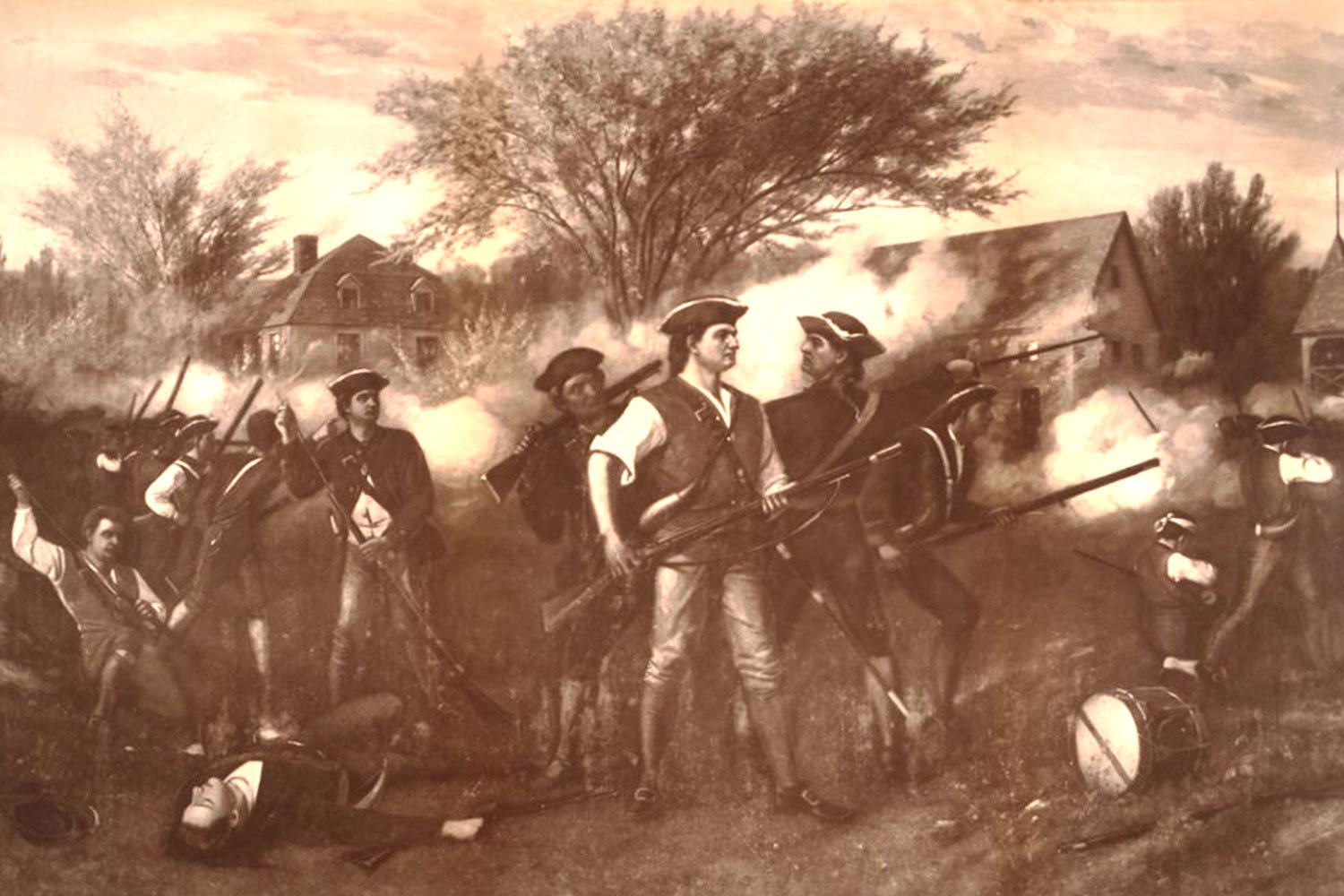
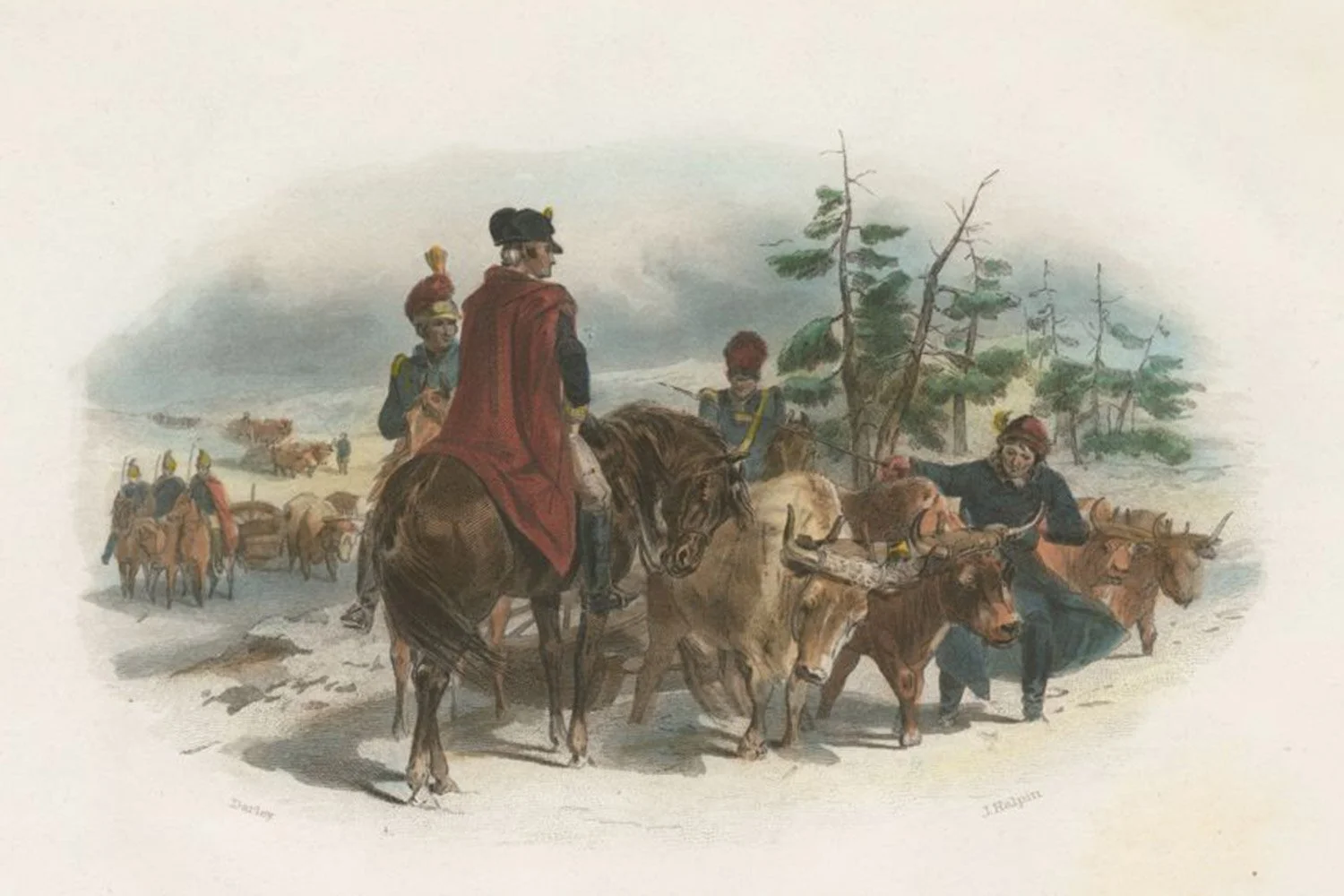
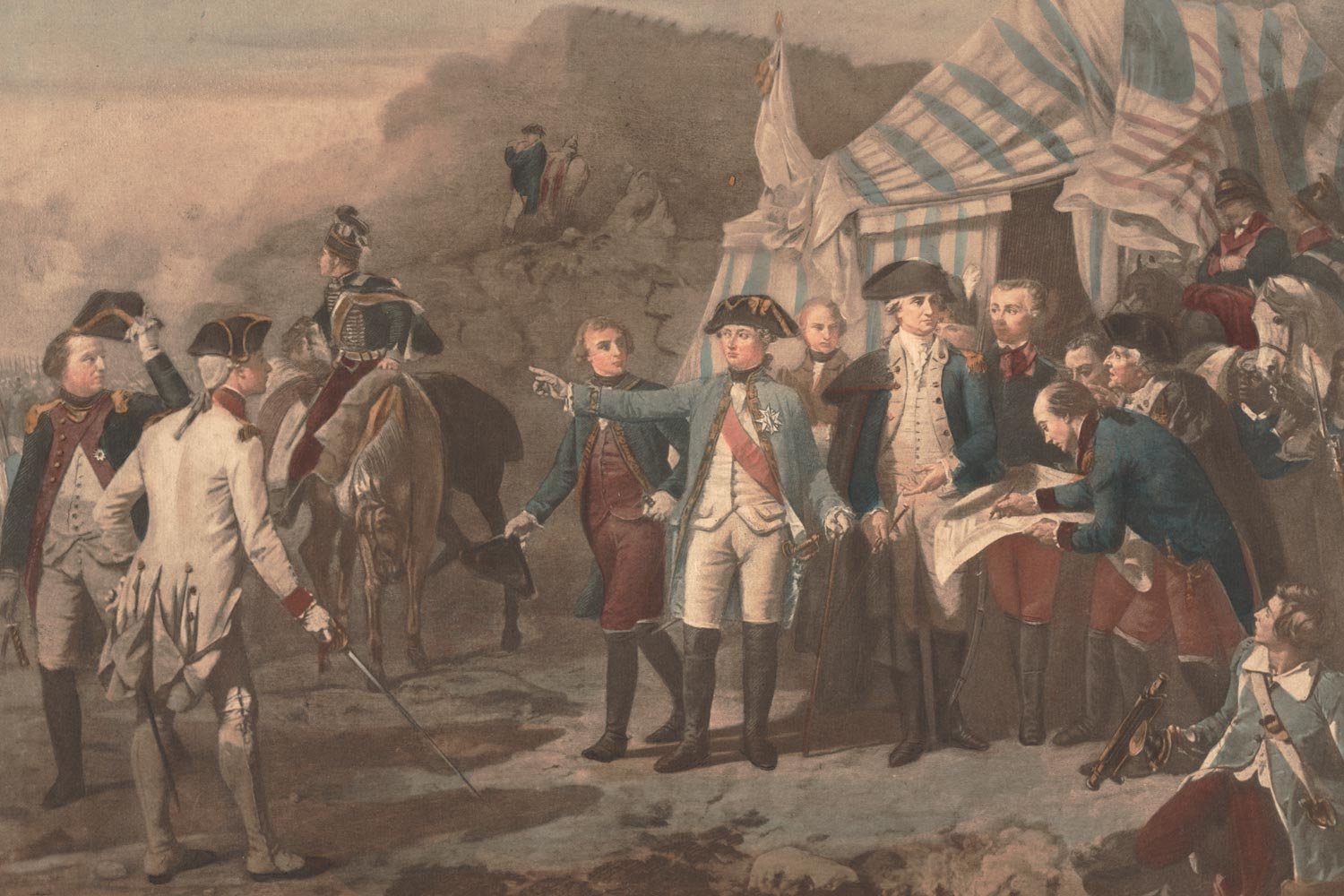
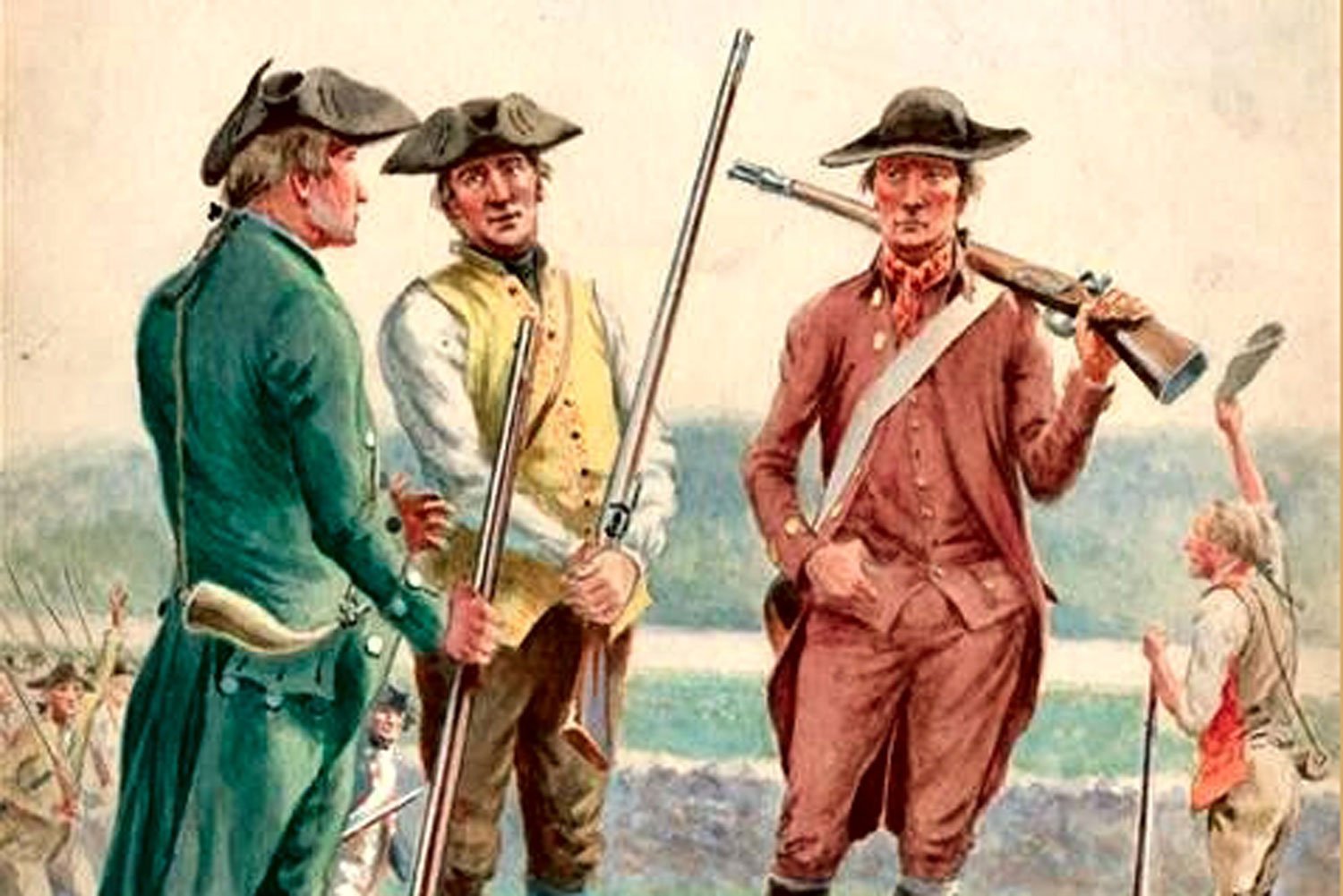
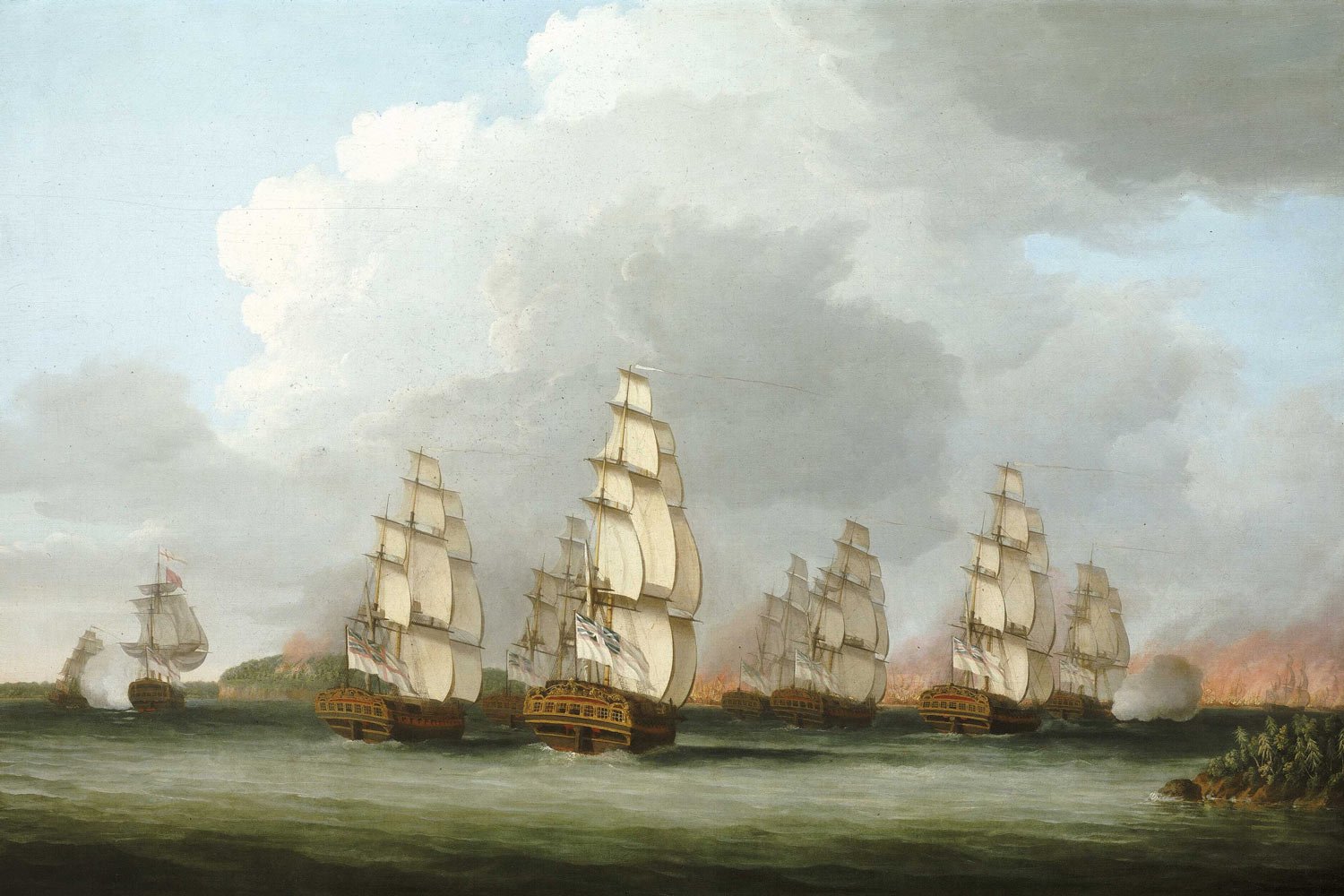
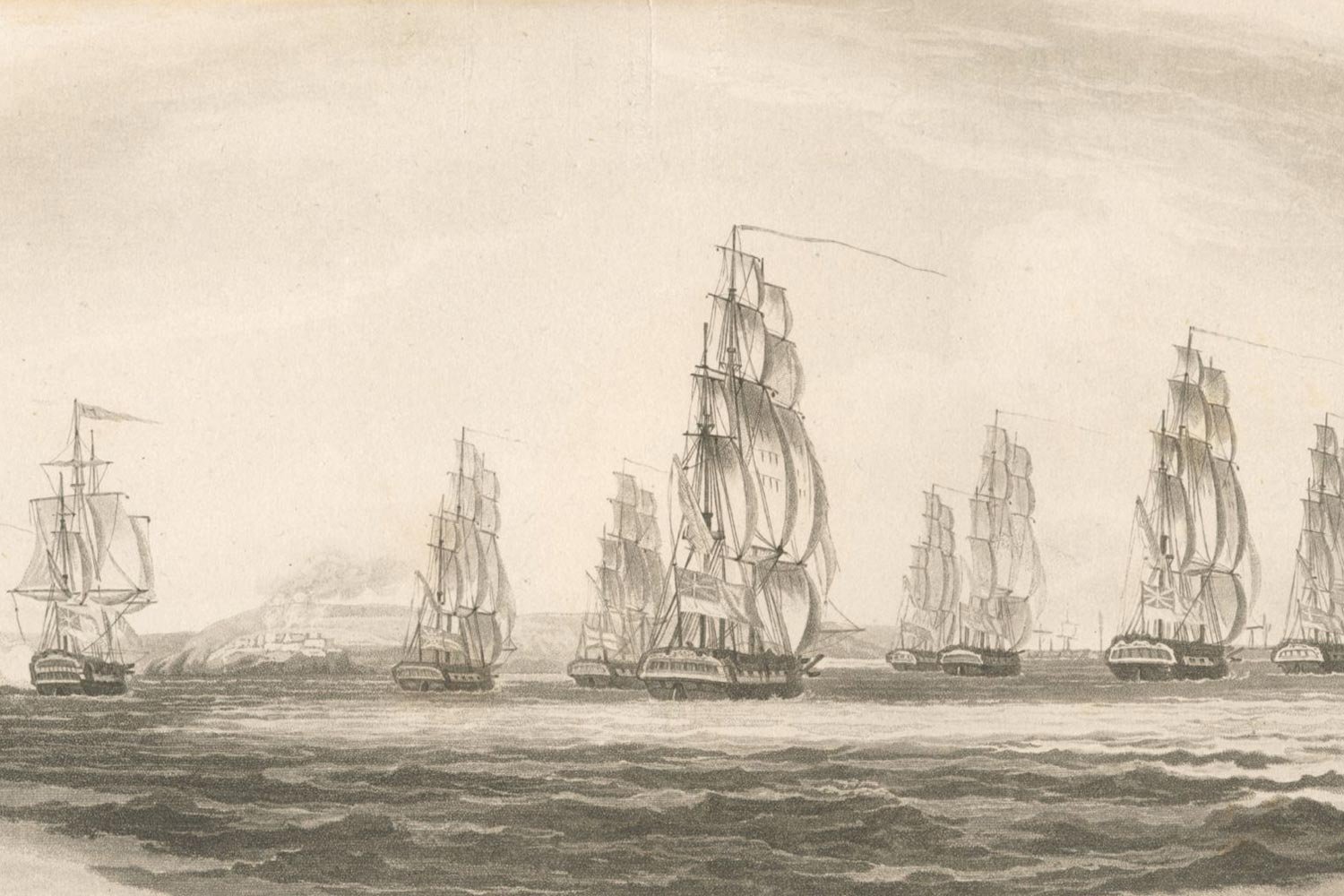

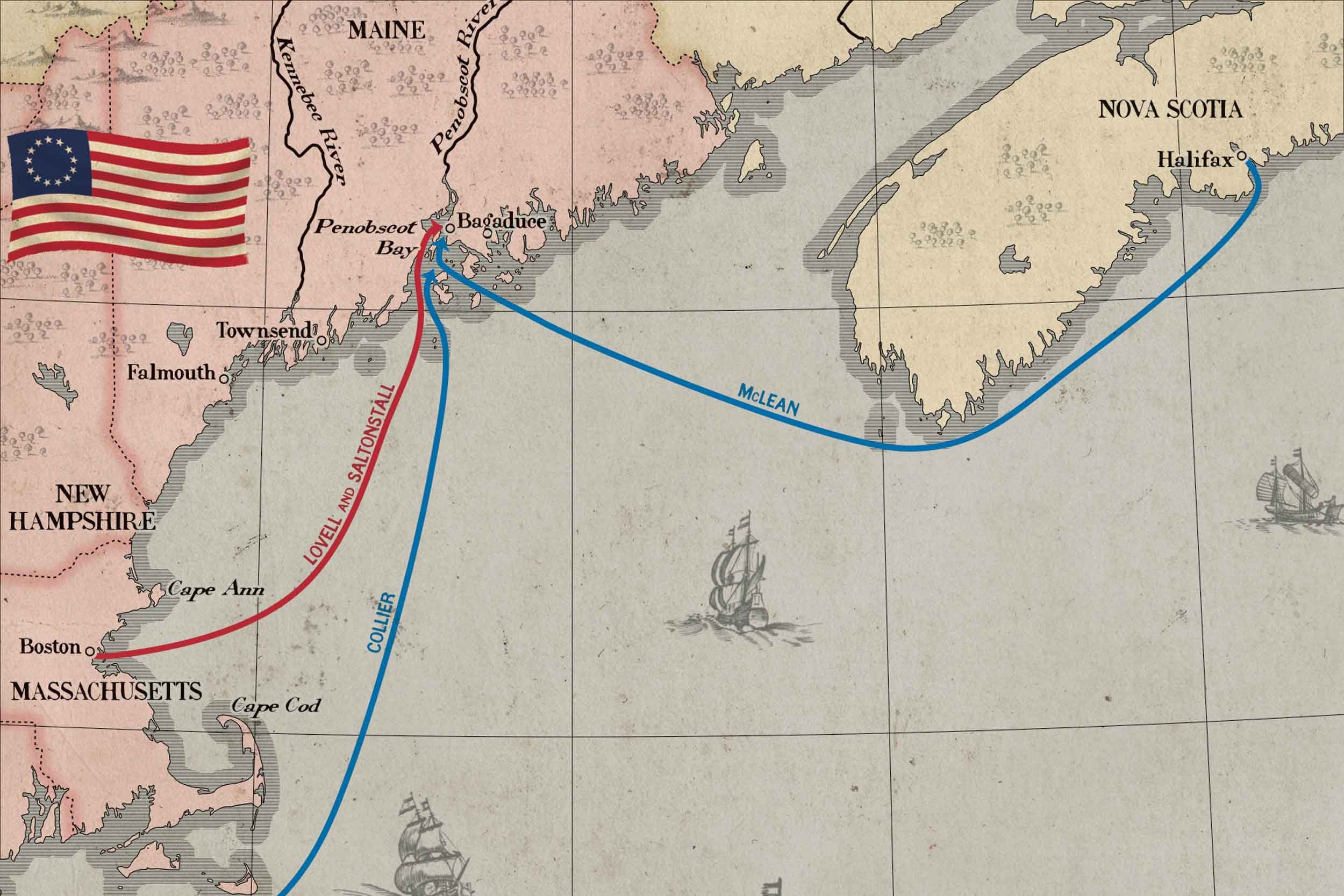
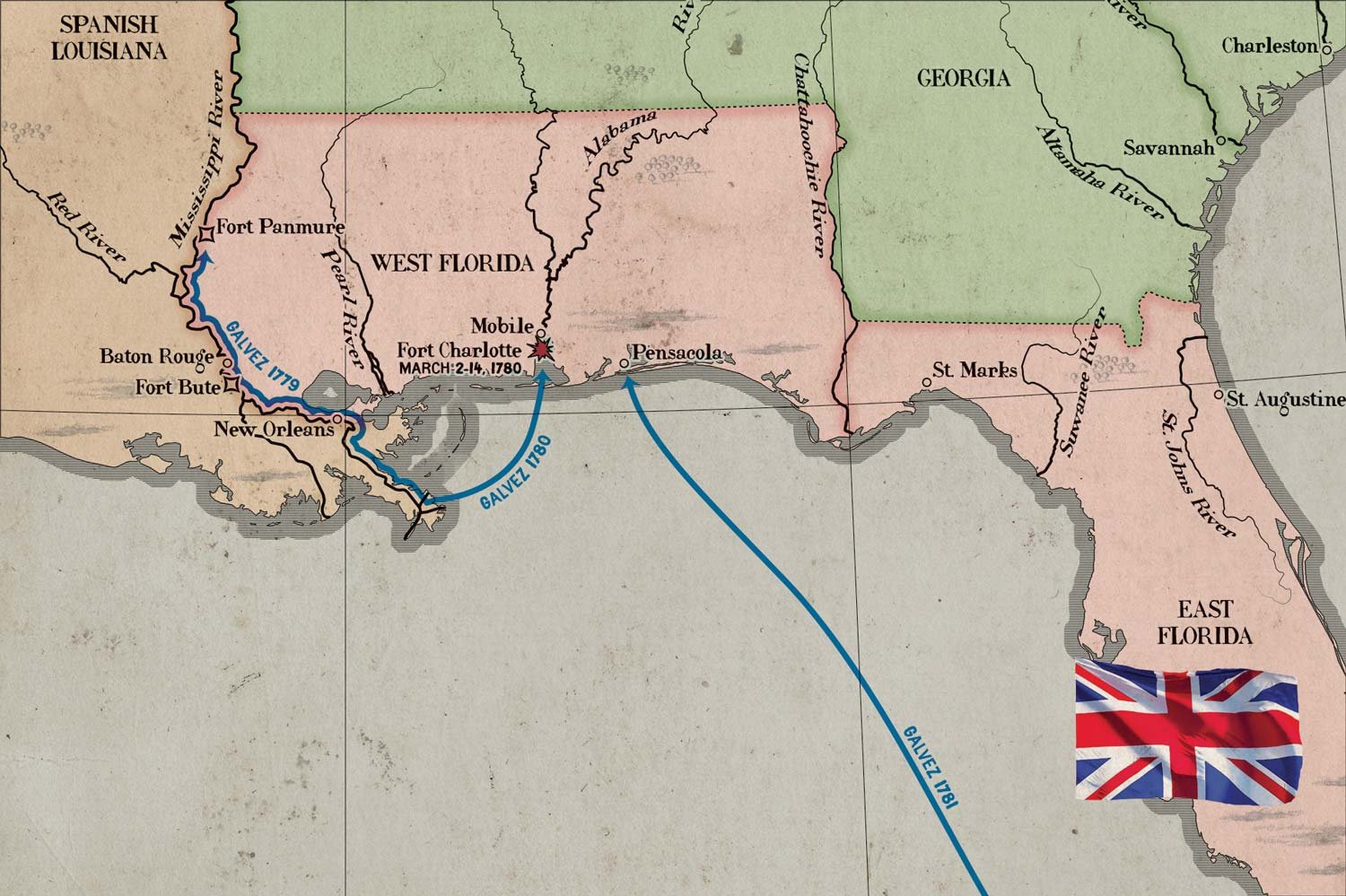
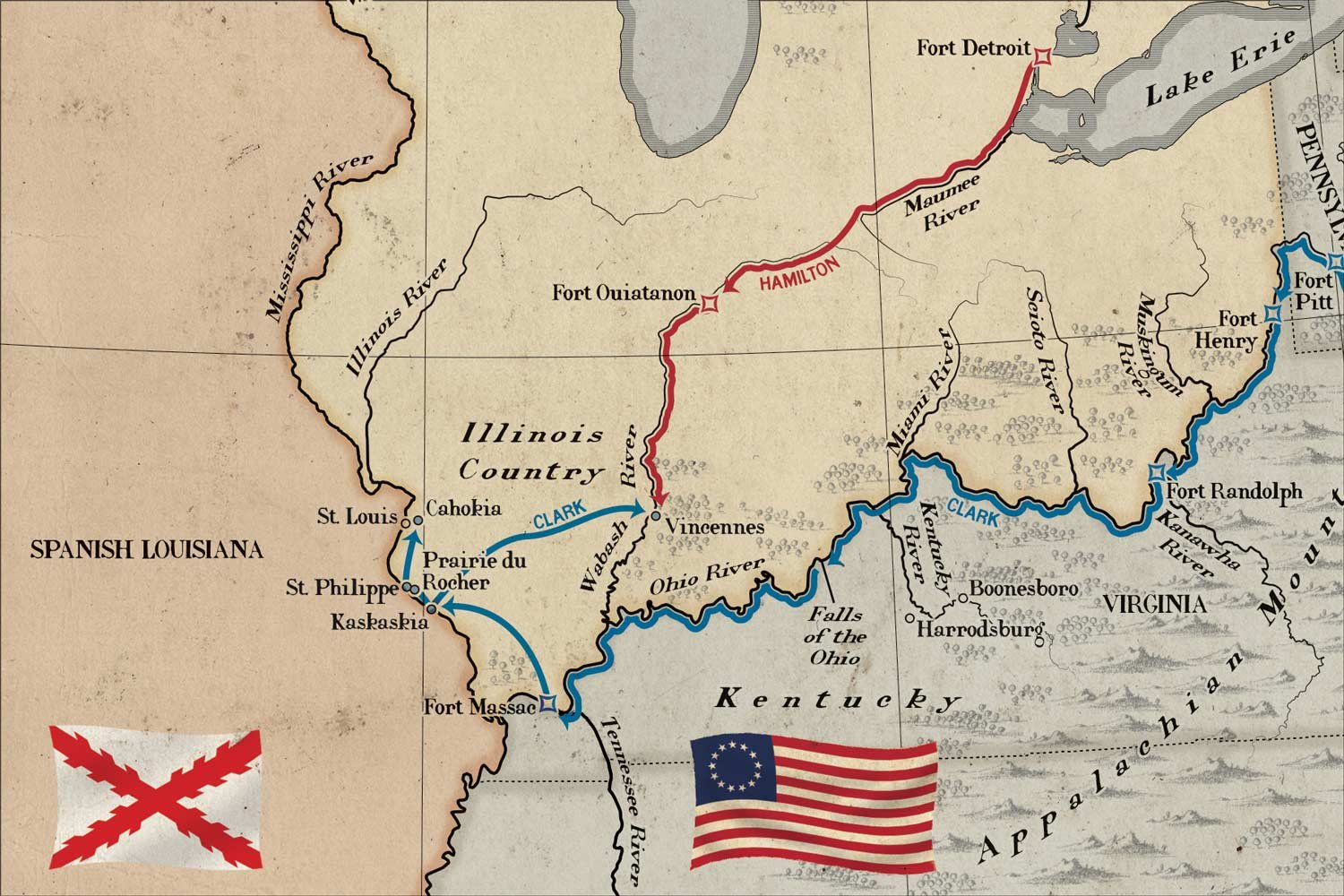
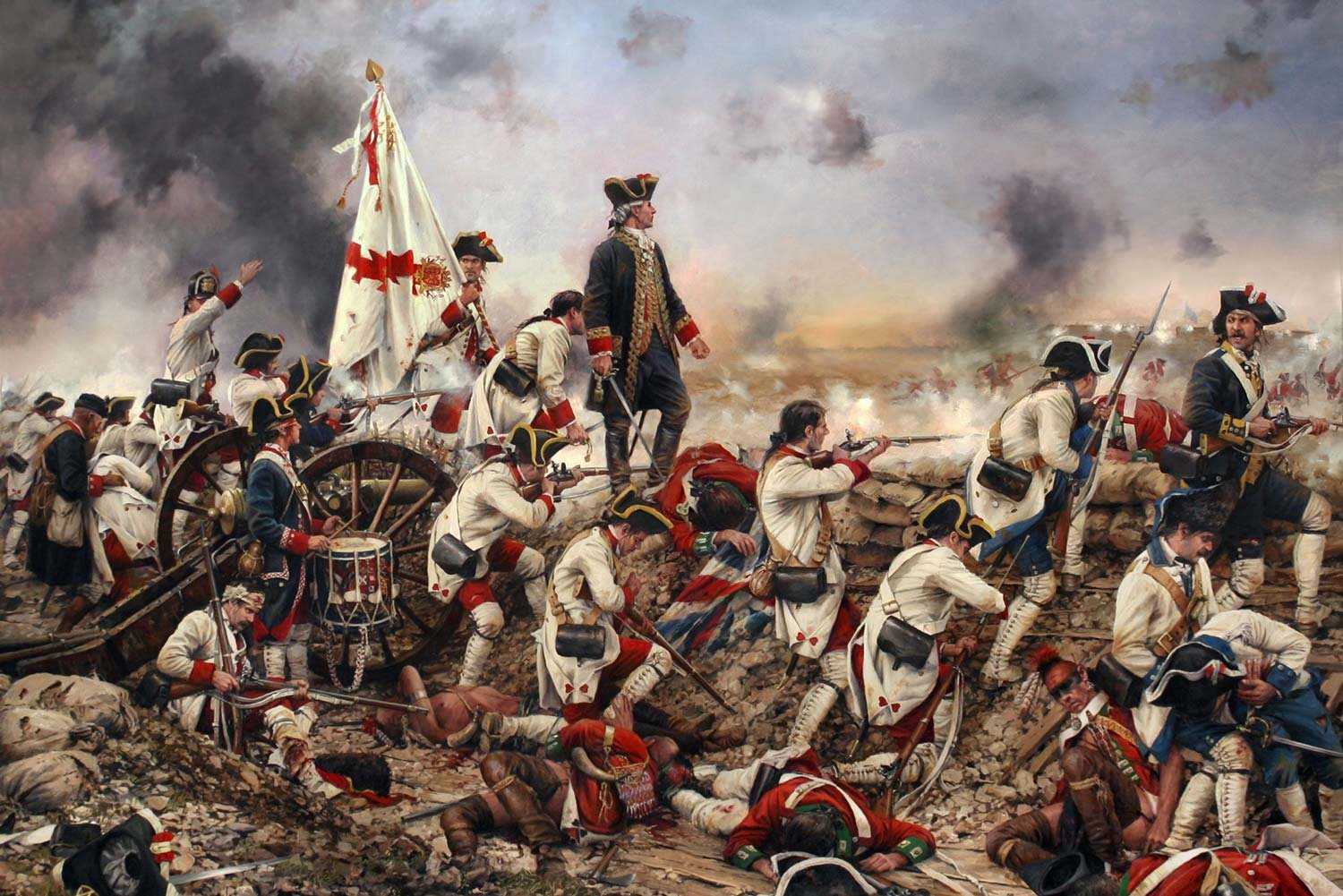
General George Washington led his Continental Army and the French Army under General Jean-Baptiste de Rochambeau into Virginia in mid-September 1781. The combined force was on its way to Yorktown and its appointment with destiny with the entrapped British command of General Lord Charles Cornwallis.